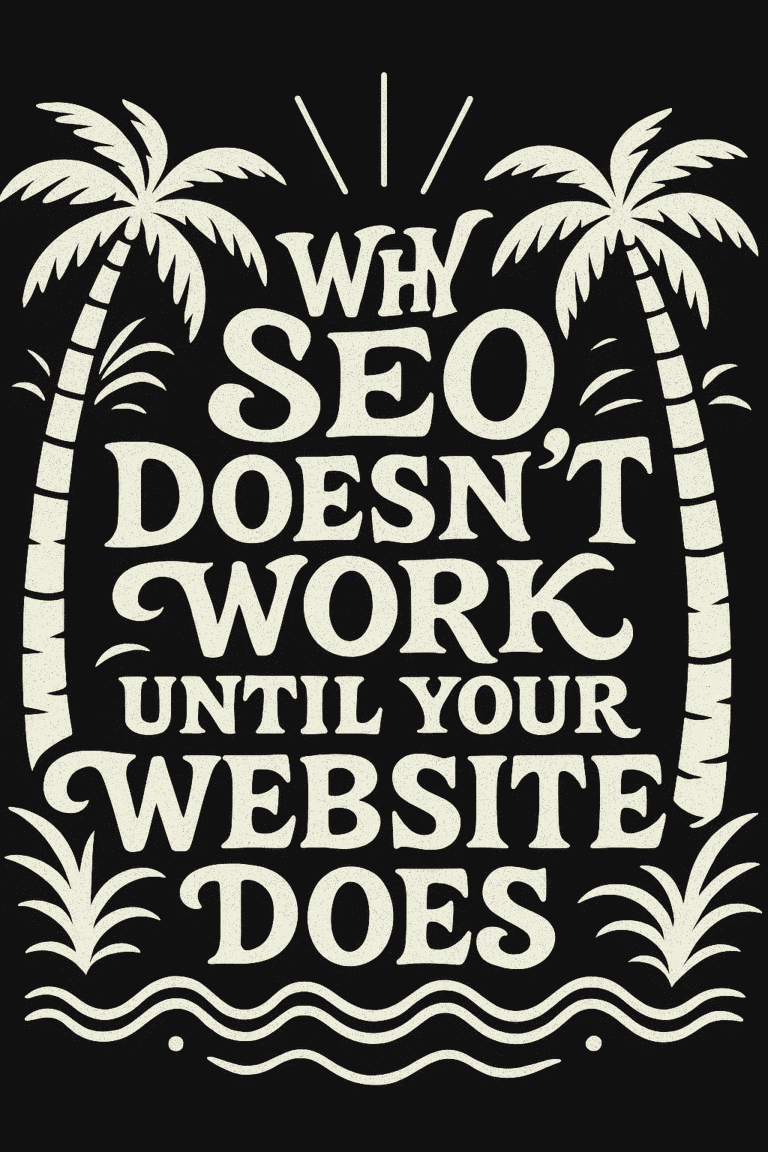
Your website is more than just an online business card. It’s a valuable tool that can powerfully influence consumer perception and convert casual visitors into loyal customers. That’s why it’s essential to keep it fresh, functional, and aligned with your brand values. Many companies are tempted to embark on website redesign projects without comprehensive planning, which often leads to wasted time, blown budgets, and unmet objectives. This post aims to steer you through the various stages of website redesign, from initial evaluation to post-launch strategy.
Assess Your Current Website
Evaluate Current Metrics
The first step in any redesign is to assess the current state of your website. Utilize analytics tools like Google Analytics to examine metrics like page views, bounce rates, conversion rates, and user behavior. These numbers will help you understand your website’s performance and give you a baseline for comparison post-redesign.
Identify Weaknesses and Strengths
Perform a SWOT analysis (Strengths, Weaknesses, Opportunities, Threats) of your website. What are your site’s strong points? What areas require improvement? Knowing your strengths can help you maintain those elements during the redesign, while understanding your weaknesses can provide a focused direction for your project.
Collect User Feedback
User feedback can offer you direct insights into what needs change and what doesn’t. Use heatmaps to understand where users are clicking on your site, and use customer surveys or direct interviews to gather opinions.
Define Your Goals and Objectives
A successful redesign starts with well-defined goals. Are you looking to increase product sales? Enhance user engagement? Improve search rankings? Your redesign should aim to achieve these objectives. Break down these goals into measurable KPIs (Key Performance Indicators) that you can track over time.
Research and Planning
Competitor Analysis
Analyze competitors’ websites to identify best practices and gaps in your industry. This will help you set a benchmark and also provide creative inspiration for your redesign.
Target Audience Research
It’s crucial to understand who your users are and what they are looking for. Conduct audience research to tailor your design and content accordingly.
Develop a Project Timeline
Plan out the redesign process step-by-step, allocating time for each phase. Make sure to include time for testing and review.
Budget Considerations
Set a budget that aligns with your goals. While it’s tempting to cut costs, remember that a successful redesign is an investment that can yield a significant ROI.
Choose the Right Platform and Tools
CMS Options
The choice of a Content Management System (CMS) affects your site’s functionality and ease-of-use. Make an informed decision based on your specific needs.
Essential Tools
From design software to SEO tools, the utilities you select can significantly impact the success of your redesign.
Mobile Responsiveness
Your redesign must be mobile-friendly. Google’s algorithm prioritizes mobile-responsive sites, making this a non-negotiable feature.
Work on Design and Content
Cohesive Branding
Consistency is key. Your website should be a seamless extension of your brand identity.
Content Strategy
Your content should inform, engage, and convert. Every piece of content should have a purpose and a target audience.
UI Considerations
An intuitive User Interface (UI) is crucial. Make navigation easy, prioritize information logically, and make actions simple and obvious.
A/B Testing
Use A/B testing to optimize different design elements, from CTA buttons to image placements, to find what works best for your audience.
Technical SEO and Performance Optimization
Migrate SEO Elements
Maintain SEO elements like meta descriptions, alt text for images, URLs (and/or redirects), and heading tags. This ensures that you don’t lose existing SEO rankings.
Site Speed
Faster websites provide better user experiences and are favored by search engines. Optimize your site’s speed by compressing images, using efficient code, and leveraging browser caching.
Mobile-Friendliness
Double-check that the mobile version of your site works well. This should include testing on various devices and ensuring that all features function as they should.
Schema Markup and Metadata
Properly implementing schema markup and filling in metadata can help your website appear more prominently in search engine results.
Quality Assurance and Testing
Cross-browser Compatibility
Your website should function perfectly regardless of the browser your visitor uses. Utilize browser testing tools to ensure compatibility.
Mobile Testing
Use emulators and actual devices to test how the website looks and performs on mobile.
User Testing
Before going live, have real users navigate your site to spot any potential glitches or areas for improvement.
Launch and Post-launch Strategy
Launch Plan
Prepare for launch by setting up 301 redirects, updating your sitemap, and performing a final SEO check.
Continuous Monitoring
Once the website is live, continue monitoring its performance metrics to ensure that it meets your set objectives.
Post-launch Data
Keep a close eye on performance metrics and user behavior post-launch. This data will be invaluable for future updates and improvements.
Conclusion
Redesigning a website isn’t just about updating its look; it’s a comprehensive process that impacts various aspects of your business—from customer engagement to SEO and brand image. As we’ve outlined, each step, from the initial assessment to post-launch analysis, is crucial for meeting your redesign goals. Making an informed decision at each juncture will pay dividends in the long run, ultimately saving you time, money, and potential headaches.
While the initial investment in a quality redesign may seem steep, the value it brings in terms of improved user experience, higher conversion rates, and robust security can far outweigh the costs. Investing in a well-planned, well-executed redesign can not only elevate your brand but can also set you on a path for long-term success.
Call to Action
If you’re considering a website redesign think about Graticle Design. Our team can guide you through each stage of the redesign process, ensuring that your new website is not just aesthetically pleasing but also high-performing and secure. Feel free to reach out about our web design services.
Let’s build something amazing together.





